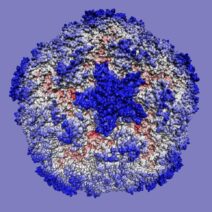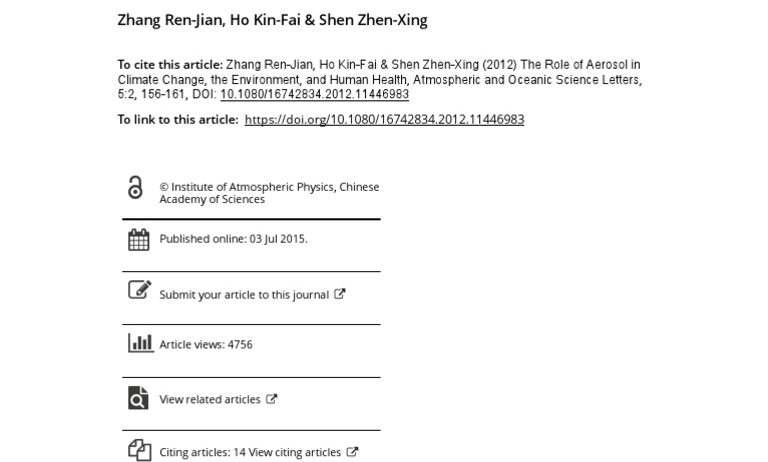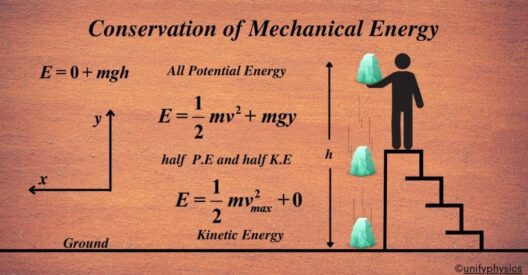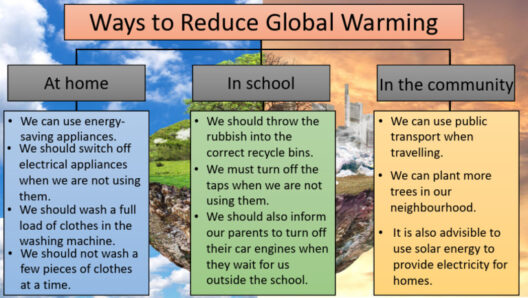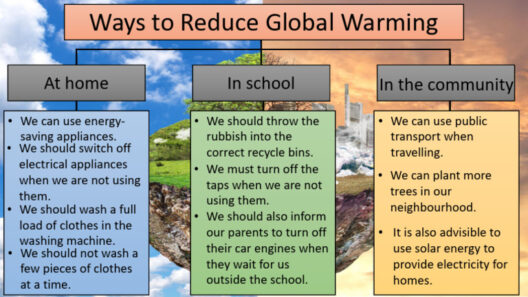In the complex interplay of atmospheric sciences, aerosols emerge as insidious agents with profound implications on climate change. These minute particles, suspended in the atmosphere, are often overlooked, yet their influence on our planet’s temperature and weather systems cannot be underestimated. They are emitted from various sources, including vehicles, industrial processes, and, notably, aerosol cans. This exploration delves into how aerosol cans contribute to global warming, challenging our perceptions and offering insights into a crucial aspect of environmental impact.
Aerosols, at their core, can be either natural or anthropogenic (human-made). Natural aerosols arise from processes like sea spray, volcanic eruptions, and wildfires, while human-made aerosols predominantly come from industrial emissions, fossil fuel combustion, and various consumer products. Aerosol cans, often used for deodorants, cleaners, paints, and other household items, fall under the category of anthropogenic aerosols. As these products are released into the atmosphere through a propellant-based mechanism, they contribute a cocktail of chemicals and particulates that can affect climate stability.
The principal concern surrounding aerosol cans lies in their propellants, particularly chlorofluorocarbons (CFCs) and hydrocarbons. Historically, CFCs gained notoriety for their destructive role in stratospheric ozone depletion but were also significant greenhouse gases. Although largely phased out by global agreements like the Montreal Protocol, other hydrocarbon-based propellants still linger, contributing to both atmospheric warming and health hazards. When these aerosols are released, they can trap heat in the atmosphere, exacerbating the greenhouse effect.
Moreover, aerosols can exert a dual influence on climate. While they can warm the atmosphere by acting as greenhouse gases, they also have a cooling effect depending on their type and concentration. For instance, sulfate aerosols reflect sunlight away from the Earth thus having a net cooling effect. This dichotomy creates a complex narrative, where the same category of particles can potentially mitigate and enhance global warming. This intricate balance signifies that while aerosols may provide short-term climate modification, their longer-term implications, particularly those emerging from aerosol cans, are still shrouded in uncertainty.
The atmospheric lifespan of aerosols varies significantly. Some, like black carbon—often coming from incomplete combustion—can linger in the atmosphere for days to weeks, while others can reside for extended periods, influencing weather patterns and climate over time. Short-lived aerosols have a consequential impact as they can induce rapid climatic changes, particularly in urban areas replete with aerosol emissions. The urban heat island effect, where cities experience elevated temperatures due to human activities, is partially exacerbated by aerosol emissions.
Furthermore, aerosol cans contribute to the phenomenon of particulate matter pollution, which poses serious risks to public health. When aerosol sprays are used, they can release fine particulate matter (PM2.5) into the atmosphere. These ultrafine particles can penetrate deep into the lungs, causing respiratory ailments, cardiac issues, and other health concerns. The health implications of aerosols underscore the urgent need for regulations concerning aerosol can usage and production practices, not only for the sake of environmental health but also for public well-being.
On a global scale, the contribution of aerosol emissions from aerosol cans may appear minuscule when compared to the vast carbon emissions from industries. However, the cumulative effect of millions of household spray products used daily can be significant. Consider, for instance, the pervasiveness of canned air fresheners, hair spray, and cleaning products in homes across the globe. When viewed collectively, the emissions from aerosol cans stand as a testament to the inconspicuous yet substantial footprint that everyday products can leave on our atmosphere.
Furthermore, shifts in consumer habits and product formulations have begun to address the consequence of aerosol can emissions, presenting a promising avenue for mitigating their impact. The rise of airless packaging technologies and non-propellant based sprays signifies a transformative move towards sustainability. By embracing such innovations, we can reduce reliance on harmful propellants while still delivering effective consumer products. This transition can pave the way for a more environmentally friendly approach to aerosol usage, ultimately steering us closer to ecological harmony.
Investments in research are essential to fully understand the long-term impacts of aerosols on climate. The intricacies surrounding aerosol physics and their interactions with other atmospheric components demand continued inquiry. Policymakers, scientists, and consumers alike must engage in this dialogue, understanding that aerosols are not mere byproducts of convenience but serious actors in the climate equation. Curbing aerosol emissions and adopting greener alternatives is not merely an option—it is a moral imperative in our climate-constrained world.
Raising awareness about the dual nature of aerosols may inspire a paradigm shift in public consciousness regarding everyday products. Rather than perceiving aerosol cans as harmless commodities, recognizing their latent capacity to impact climate change can foster informed consumer choices. By advocating for a collective reevaluation of consumption habits, individuals can contribute to a lasting transformation that prioritizes environmental health and climate resilience.
In culmination, the effects of aerosol cans on global warming reveal a complex interplay of chemistry, atmospheric science, and human behavior. The need for action is pressing; every spray can potentially herald a new degree of warming. As societal awareness grows, so too must our commitment to emerging technologies and sustainable practices. Together, global citizens can usher in an era where aerosol cans no longer symbolize a threat to our planet but rather reflect our determination to preserve it for future generations.


